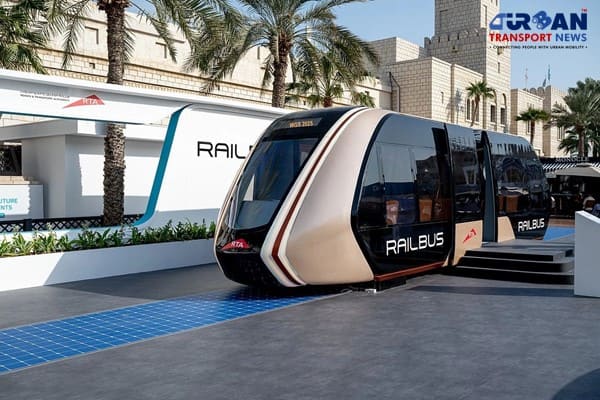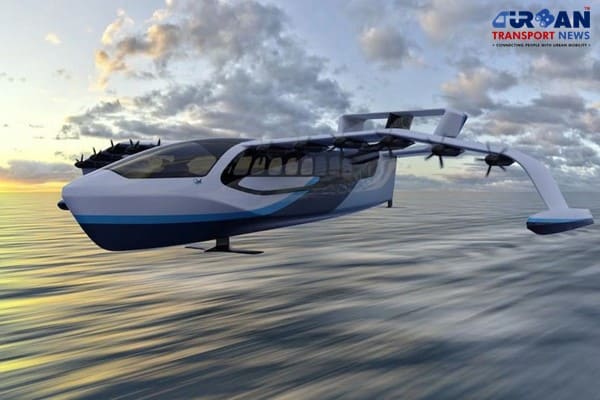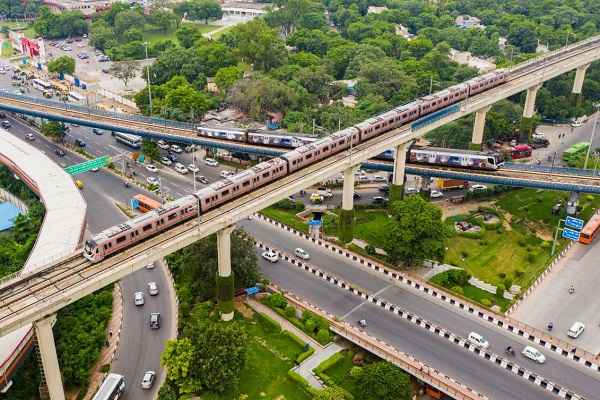 Chennai to launch 25-Year Mobility Plan with Unified QR Ticketing and One-App Transit System
Chennai to launch 25-Year Mobility Plan with Unified QR Ticketing and One-App Transit System Kochi Metro bags ₹4.4 crore contract to prepare DPR for Mumbai Water Metro Proejct
Kochi Metro bags ₹4.4 crore contract to prepare DPR for Mumbai Water Metro Proejct Navi Mumbai International Airport set for September launch; IndiGo and Akasa Air to lead Operations
Navi Mumbai International Airport set for September launch; IndiGo and Akasa Air to lead Operations Noida International Airport to be Inaugurated on October 30, Commercial Flights in 45 Days
Noida International Airport to be Inaugurated on October 30, Commercial Flights in 45 Days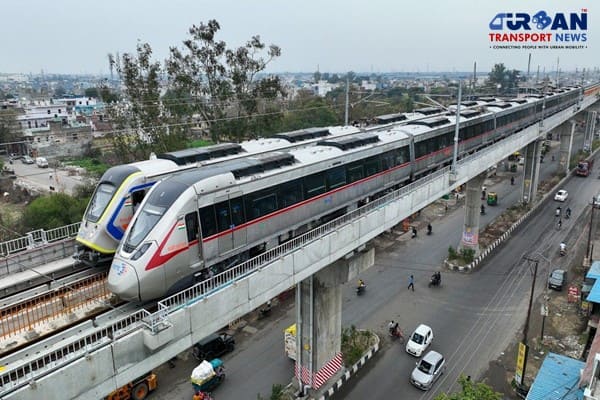 India Makes History: Namo Bharat RRTS and Meerut Metro to Run on Same Track
India Makes History: Namo Bharat RRTS and Meerut Metro to Run on Same Track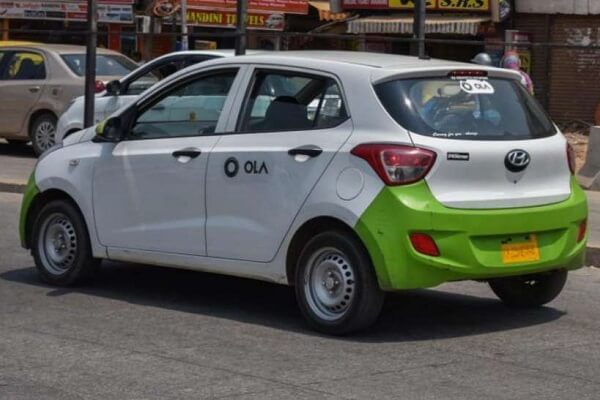 How the Standard for Car and Truck Wheels Is Changing
How the Standard for Car and Truck Wheels Is Changing How Cross-Docking Is Reshaping Urban Logistics
How Cross-Docking Is Reshaping Urban Logistics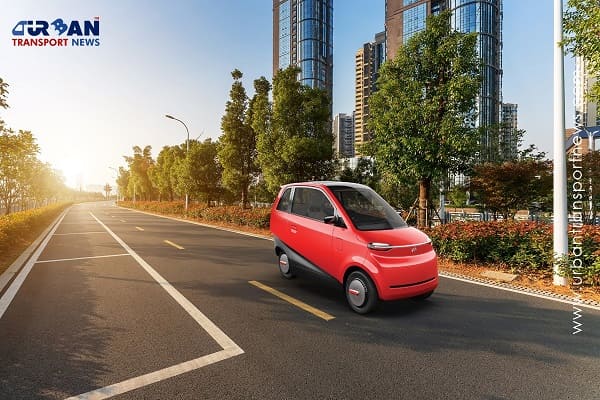 Ola, Uber Fares Set at 50% Minimum; Bike Taxis Legalised Under New Guidelines
Ola, Uber Fares Set at 50% Minimum; Bike Taxis Legalised Under New Guidelines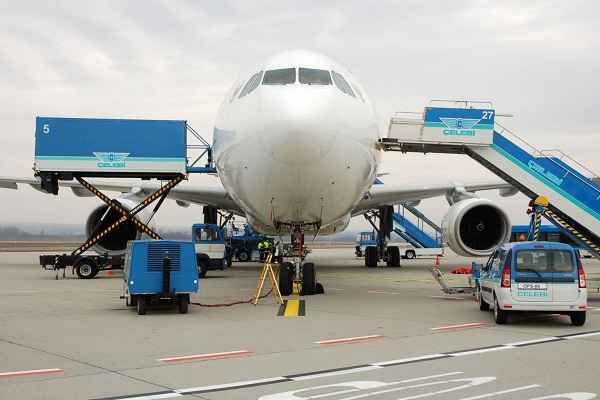 India to review Celebi Aviation contracts amid National Security concerns
India to review Celebi Aviation contracts amid National Security concerns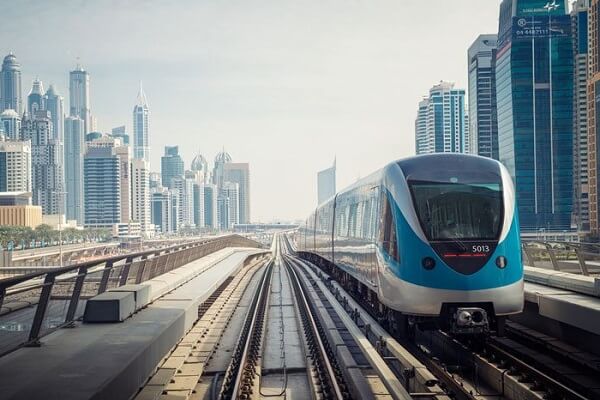 The AI Revolution in Brand Communication: A Dubai Perspective
The AI Revolution in Brand Communication: A Dubai Perspective
Kerala Budget 2024-25: What's in for the transport sector?
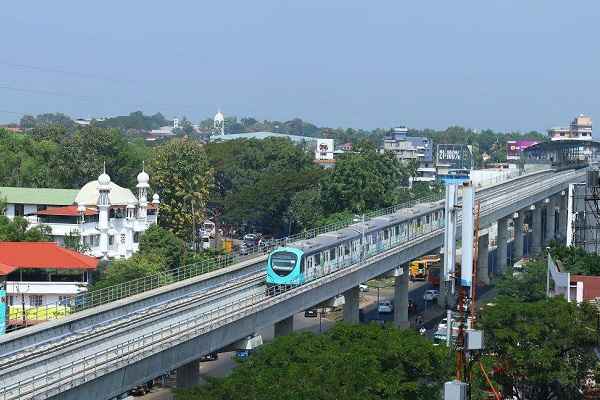
“A new development model should be created with the help of the private sector," says Finance Minister K N Balagopal while presenting the Kerala Budget 2024-25. But why have we still not opened up the public transport sector in Kerala?
Kerala’s reform measures outlined for the transport sector have paid very little heed to the actual demands and requirements of the sector. While lowering the tax rates and registration fees for buses operating under the All India Tourist Permit (AITP) is done with the intent to increase registrations of these buses in Kerala, the real issue is how the state officials treat these contract carriage private operators. All India Tourist Permit buses with regular seats are currently taxed at Rs. 2,250 per seat for three months. However, it has been proposed in the budget to reduce it to Rs. 1,500. Merely reducing taxes may not achieve the desired goal; instead, there needs to be a shift in the state's approach, including the MVD, RTO and other transport officials, towards private operators. The Kerala transport sector has not provided a fair playing field for private operators, particularly in its unfavourable treatment of buses operating with AITP permits.
The budget has also not given much emphasis to stage carriage buses. While there is a budget allocation of Rs 92 crore for KSRTC to purchase BS 6 standard diesel buses, this is merely anything considering the number of buses Kerala needs. As per the benchmarks laid out by the Ministry of Housing and Urban Affairs, cities require 60 buses per lakh population, and thus Kerala needs an additional 8,540 buses to adequately serve the travel needs of citizens. However, this allotment of Rs 92 crore will only help in bringing about 300 buses, which is also intended to replace the old buses, meaning there will not be any significant additional buses.
A plan fund of Rs 128.54 crore has been designated for the transport entity KSRTC's various activities. However, allocation alone does not guarantee the efficient operation of the organization. Considering KSRTC's financial situation, considerable effort must be put into amending restrictive policies such as nationalisation and encouraging private sector investments to alleviate the burden on KSRTC.
The state has also accounted for the surging sales of electric vehicles in Kerala. From a mere 472 electric vehicles in 2019 to a significant 39,868 as of 2023, the number of electric vehicles in Kerala has increased significantly. The budget has allocated Rs 7.40 crore to KSEB Ltd. to establish new charging stations in all districts. However, challenges about the growth of EVs need to be looked into. According to KSEB data as of 2023, approximately 70% of the connectors in the charging stations that the organization has constructed across the state are insufficient to meet demand because they lack the connector that is compatible with the bulk of the state's electric vehicles (EVs). Furthermore, the majority of the chargers did not serve the purpose, as KSEB continues to utilise Bharat stage 2 connectors rather than the Combined Charging System. Thus, a proper strategy to be on par with technological upgrades is the need of the hour for our state agencies.
The initiation of external loan assistance of Rs 150 crore in the budget has also prompted the development of an Integrated Water Transport System in Kochi. Nevertheless, it is more important to devise a methodical and effective strategy to restore the boat jetties rather than fixate on the extravagant water metro. The overarching objective is to ensure universal access to public transport, not limited to tourist attractions.
While the phase 2 extension of the Kochi metro has been allocated Rs 239 crore, KMRL is still facing challenges in introducing feeder services along the existing line. KMRL has been trying to bring proposals to introduce shared autos and feeder buses from metro stations, but the policy-level challenges as per the Kerala Motor Vehicles Rules make this a challenging task. Even if KMRL brings forth feeder buses to operate, these could not operate on routes nationalised by KSRTC. Such policy-level restrictions would not ensure the smooth and seamless implementation of these initiatives. The government's decision to proceed with the Thiruvananthapuram and Kozhikode metro projects necessitates the development of a more comprehensive strategy. Previously, a light metro was proposed for Trivandrum; however, the conventional metro is now the preferred option. The rationale behind this decision in a city with an approximate population of 30 lakh should be revisited.
Through funding for non-motorized modes of transportation (NMT) in Kochi, the budget has also prioritized sustainable activities in the transportation sector. With the aid of an external loan, the Rs 91 crore Non-motorized Transport Project will be implemented in 2024–2025. The project's objective is to provide safe walkways, cycle tracks, and docking facilities to metro stations, hence making commuters' access easier. However, these must be developed with an integrated transport approach in mind. A proper pedestrian audit needs to be undertaken first to understand the infrastructure requirements. Since NMT is a common method for assuring connectivity from the first to the last mile, their planning should correspond with that of the existing bus stops, metro stations, etc.
The transport ecosystem in Kerala still has significant progress to make in terms of adopting new technologies and digitizing the sector. This can be achieved by reassessing transport policies to encourage private investments and facilitate innovation, which in turn can guarantee high-quality public transport services and attract customers.





